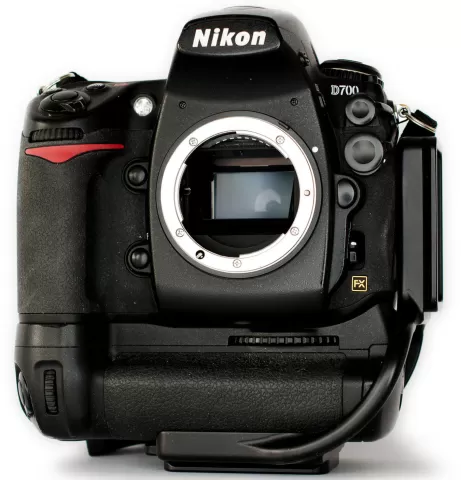Full frame or APS size sensor? The debate seems never ending. Here's my view on the matter.
Full frame is nice, but times they are a-changing and an APS size sensor cannot be considered a drawback anymore and hasn't been an issue in several years in my eyes.
I don't base this on measurements, resolution calculations or other kinds of technical mumble-jumble -- even though I'm a notorious nerd and could very well get such an idea. No, I base that on photography and photos. Results! as seen on paper, on screens, on the web and elsewhere. Now when I come to think of it: are there more places?
I have taken pictures with APS size sensors in 6 and 10 megapixels resolution, and these pictures have been used for magazines, web publishing, newspapers, presentations and what-have-yer. And they have performed every bit as well as any slide I have ever taken. And in most cases better, actually, for reasons that I will cover in a minute.
Full-frame moaners
There is a contingency of photographers (or rather: camera-owners), who seem to have the idea that a 35mm form factor camera needs a 36*24mm image-capturing area in order to be able to produce proper pictures.
I beg you!
Look around you! Most pictures seen anywhere are taken with cameras with smaller sensors -- also amongst the pros. Yes, I know that Nikon D4, D3, and D6/7/800, as well as Canon EOS 5D and EOS 1D have full frame sensors (I think one Canon is a 1.3 crop factor) and that a lot of these are seen out there. Sure enough. But a ton of other other models -- from Nikon, Canon and other manufacturers -- use a smaller sensor.
The full size sensor could be nice. Just like the old days. No factor calculations, no hunting for ultra-wideangle lenses, no cramming all those nice megapixels into tight spaces.
But the reality is that APS-size sensors deliver some amazing pictures, and I at least had never seen better quality than what I got out of my 6 megapixels Minolta 7D. It was way beyond comparison with film. None of my Provia 100 slides have ever been as clean and as sharp. Well, a few maybe, but on the average the 6 megapixels are more than enough. And now I have 10 megapixels and in a more modern camera, namely the Nikon D200, and this delivers even better quality.
I only miss a full frame camera in one instance: when using a wideangle. My widest Minolta lens is a 19mm and for the Nikon an 18mm, and those are not quite as wide as I would like. But it's nothing that can't be cured with a 12-24mm or a 10-20mm...
My future is probably in APS. A full frame camera will mean an almost complete change of lenses, and I can't afford that!

[Dynax 7D, Sigma 15mm f2.8 fisheye]
The lens advantage
I would even be tempted to turn the APS-size sensors into an advantage when it comes to lens construction and lens choice.
Because the smaller sensor needs a smaller picture circle delivered from the lens, all digital-only lenses are smaller and lighter than their 35mm equivalents. That's a physical thing. You don't need as much glass to cover the smaller sensor. And when it comes to full size lenses, the APS sensor only uses the very center of the image formed -- the sweet spot. That would be the part with no vignetting, no chromatic aberration and no geometrical distortion.
For people who love long telephoto lenses, there's the advantage of getting more millimeters out of the same piece of glass. A 70-200mm f2.8 acts like a 100-300mm f3.5. Check the prices on such a lens. And a 300mm f4 behaves as a fairly bright 450mm, which is not exactly your everyday brightness on a long telephoto lens unless you go into the very expensive pro telephoto realm.
As I said: I can only see the disadvantage in the wide end, and down there we now have a fairly wide and growing selection of 10-20mm and 12-24mm lenses at reasonable prices.
The arguments
I know that there are plenty full-frame-proselytes out there, and that the arguments are plenty for full-frame. Depth of field, less noise plus the ones I have already mentioned about appearant focal length.
Personally I will not try to turn the smaller sensors into advantages only, but on the other hand I see no reason for myself to strive for a full frame DSLR. As time passes I actually think that the glass and the bodies will adapt to the new and smaller size sensors, and we will all get used to it. I'm sure that the old Rollei and Hasselblad people out there will remember similar talks about the fantastic advantages of 6x6 over 24x36, but see what happened. No matter how strong this large negative format was, the smaller format won people's hearts. I suspect the same thing will happen to digital sensors.



